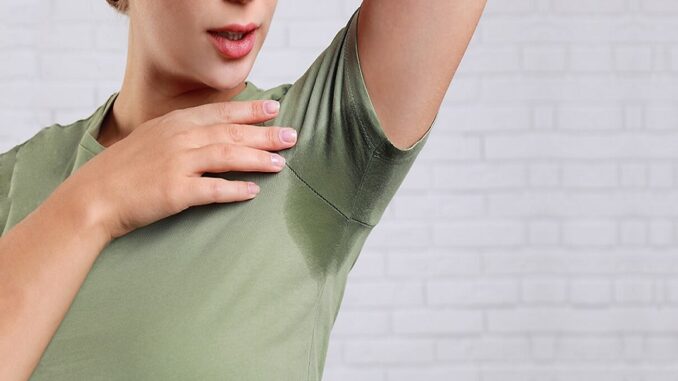
Excessive sweating affects many people and can be quite embarrassing. According to Medical News Today, hyperhidrosis affects about 7.8 million Americans. This shows just how many people suffer in silence.
Imagine being with friends and unable to raise your hands because you might be wet! Well, this can be uncomfortable, and it’s the reason why most men use the ball deodorant lotion. It helps absorb the moisture and prevent odors. If you experience excessive and uncontrollable sweating, you may have hyperhidrosis. Luckily, there are many cures for the condition.
What causes excessive sweating?
Hyperhidrosis exhibits in two forms; these are primary and secondary hyperhidrosis. Primary hyperhidrosis results from overactivity of the sympathetic nervous system; it affects the hands, armpits, face, and feet. You can remedy the condition with talc-free body powder, natural cures, and home remedies.
Similarly, secondary hyperhidrosis is challenging to handle and may result from underlying conditions. It’s not caused by other severe medical conditions and affects your entire body. Secondary hyperhidrosis is more severe, and treatment options require proper diagnosis by a medical doctor.
Some of the conditions responsible for secondary hyperhidrosis are;
- Diabetes
- Obesity
- Gout
- Tumors
- Thyroid problems
- Autoimmune disorders
- Psychological disorders ie. Anxiety & panic attacks
What are the treatment options available?
There are multiple treatment options available. Some patients go for natural treatments; these contain natural ingredients and are non-invasive. Moreover, they don’t cause irritation or allergies and have proved to be effective for many people.
Examples of natural remedies that can improve the symptoms include;
Antiperspirants– Examples are antiperspirants sprays and the deodorant stick that offers all-day freshness.
Armpit shields:These are pads worn in the armpit to prevent your garment from perspiration.
Loose clothing, socks, and shoes made of natural materials like leather.
The doctor will try to rule out any underlying conditions by ordering blood and urine tests. They will ask about the sweating patterns, frequency, and the most affected body parts.
The doctor may also refer you to a skin specialist or dermatologist. The commonly recommended treatments include;
Iontophoresis- This involves a painless electric current whereby your hands and feet are submerged in water. You may need two to four sessions for the treatment to be effective.
Botox injections– These are injections that block the nerves triggering your sweat glands. You need multiple injections for effective results.
Anticholinergic drugs- These are medications that inhibit the transmission of parasympathetic nerve impulses. With this treatment option, you experience the effects within two weeks.
ETS (Endoscopic thoracic sympathectomy)-This is useful in severe cases. It’s ideal for patients who don’t respond well to other treatment options. ETS is a surgical procedure that cuts the nerves that convey messages to the sweat glands. It helps treat hyperhidrosis of the face, hands, and armpits but not the feet. For excellent results, combine this with shower wipes and antiperspirant lotion.
The bottom line
There are multiple treatment options for hyperhidrosis. However, most people shy away from seeking treatment due to embarrassment or lack of information about the condition. If you experience excessive sweating that disrupts your day-to-day activities, consult a doctor and discuss the symptoms. You may have hyperhidrosis.

Leave a Reply
You must be logged in to post a comment.